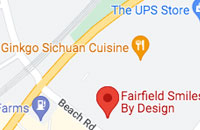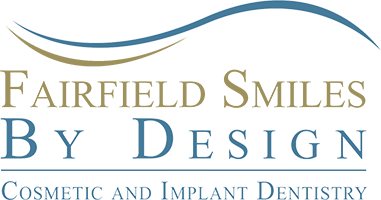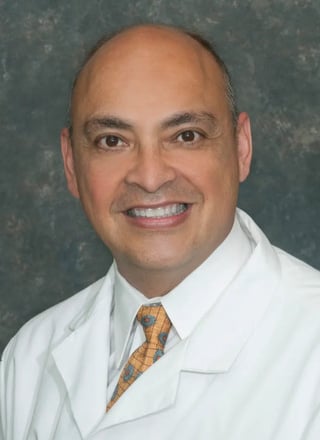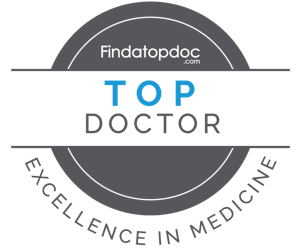I love my job. It started really early on. I was born in Honduras, moved to the United States when I was 4, moved to the Chicago area, and my dad was a gastroenterologist. He opened up a private practice in Dubuque, Iowa. By the time I was in high school, I was filing. I was answering his phones. By the time I was a senior, I was making appointments. I was calling other offices, and I saw how he interacted with patients, and it really made an impact to me.
Prosthodontics, when I got exposed to it, I was like, “That’s something I’m really good at,” and that’s what led me to develop the passion that I have for it, and it’s what led to me go into my residency, which was two years, and then I also did an American Cancer Society Fellowship for a year. That exposed me to the world of implants, and I got to tell you, it’s an ongoing process. I’ve been doing it for 32 years. I have more excitement for it today than I did at the very beginning. Dentistry has been a joy. It’s been a privilege. The staff that I work for is wonderful. They’re so kind and giving, and they give their effort, and I love my patients.
They said that it takes 10,000 hours to become an expert at something. That’s what I felt that we got in our residency. But then, you couple that with a lifetime of learning, so over the last 30 years, I have probably spent maybe another 10, maybe another 15,000 hours of honing my skill. What it allows me to do is honestly, I look in a mouth today, I’m never surprised. I’ve seen it before. I know what’s there and I know where it’s going, and I can help you see that.
That’s the whole objective that I have is that if I’m able to show you what’s going on, where are you heading, what decisions do you need to make in order to prevent or avoid some obstacles. There’s no such thing as a shortcut. If there was a shortcut, and it was little risk, that would be called the way. The shortcuts just lead to more risks. What I like to do is have patients engage with me and see the direction that they’re going, and if I can help them, awesome. I think it comes off great. That’s what experience does. I’ve been there before. I know what I’m looking at and I know how to fix it.
Get to Know a Dentist Who Has Advanced Training in Prosthodontics
With more than 35 years of experience, Dr. Pablo Cuevas has been committed to excellence in dentistry as a practitioner, lecturer, tenure-track faculty member, and researcher. While he has experience in many areas of dentistry, as a prosthodontist he is especially skilled in restoring and replacing teeth. After earning his dental degree from the University of Iowa, he was accepted into a premier postgraduate specialty training residency in prosthodontics. He then completed an American Cancer Society Fellowship in oncology and maxillofacial prosthetics at the University of Iowa Hospitals and Clinics, Department of Otolaryngology. (This facility is consistently ranked #1 by U.S. News & World Report.)
After completing this extensive, mastery-level training, Dr. Cuevas was recruited to the nationally top-ranked University of Connecticut School of Dental Medicine. As a full-time tenure-track faculty member, he taught both undergraduate and graduate-level courses. Dr. Cuevas’ publications and research projects focus primarily on dental implants and cosmetic dentistry. He recently attended the S.M.A.R.T. training course which allows for minimally invasive bone grafting, which will improve patient outcomes.
He was editor of a Dental Question and Answer column for the Fairfield Citizen newspaper and is an avid contributor to the local community. His peers named him one of the state’s Top Prosthodontists for 10 years in a row in a Connecticut Magazine poll, and he was recently named a Top Doc based on his experience, training, certifications, and professional memberships.



